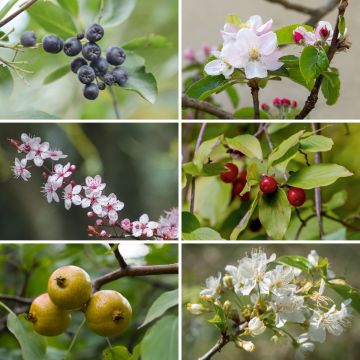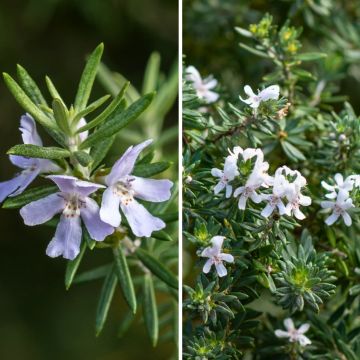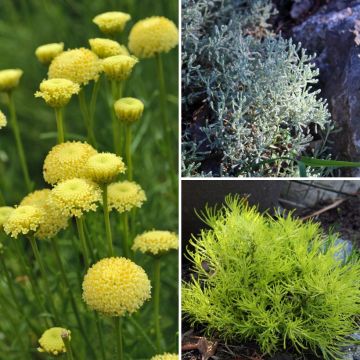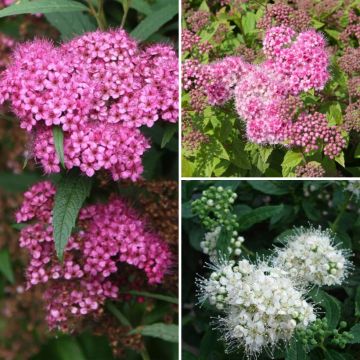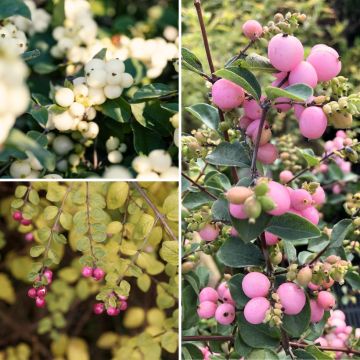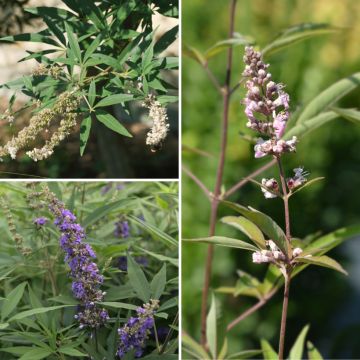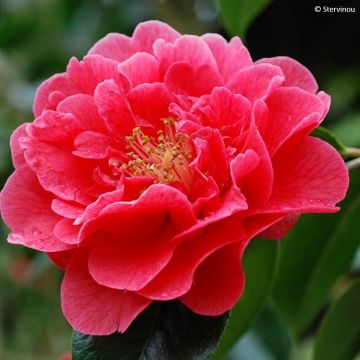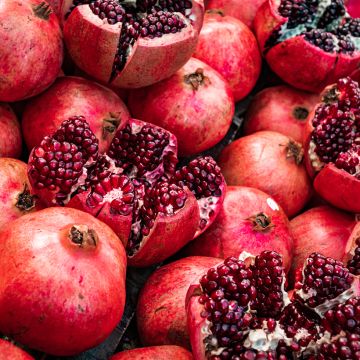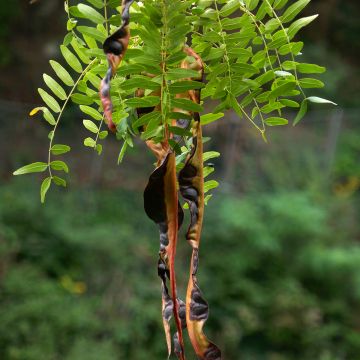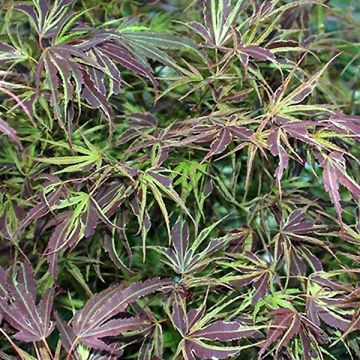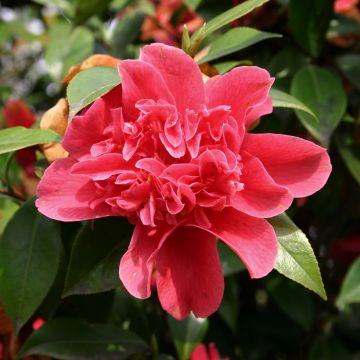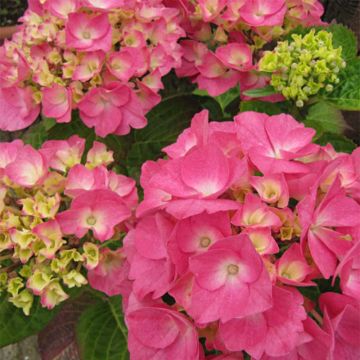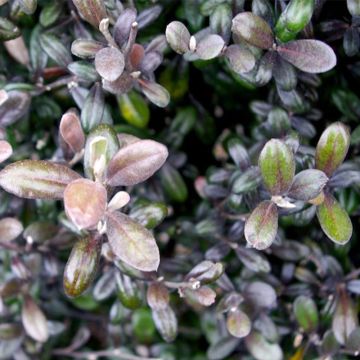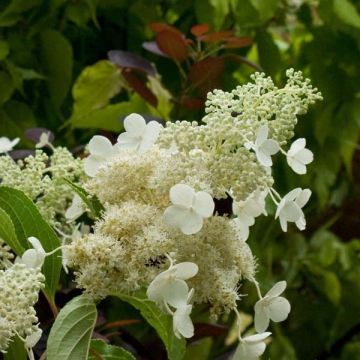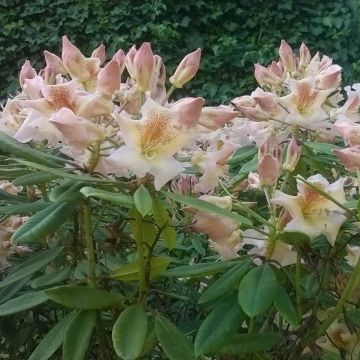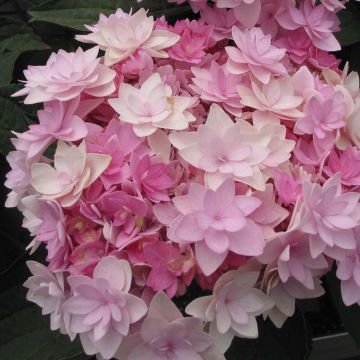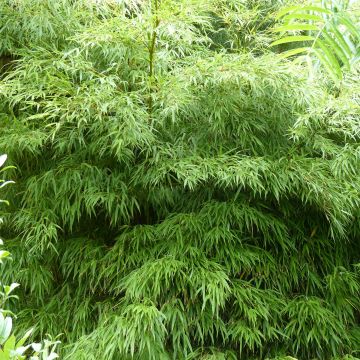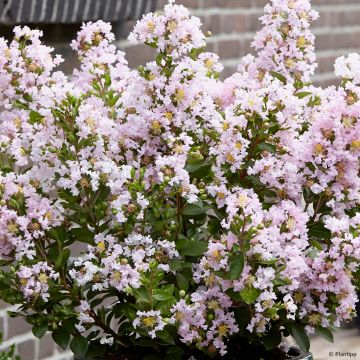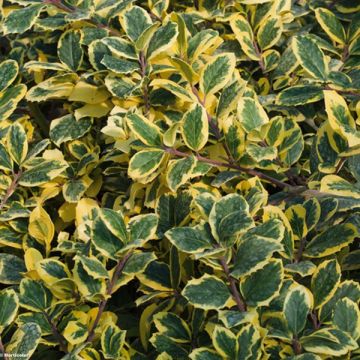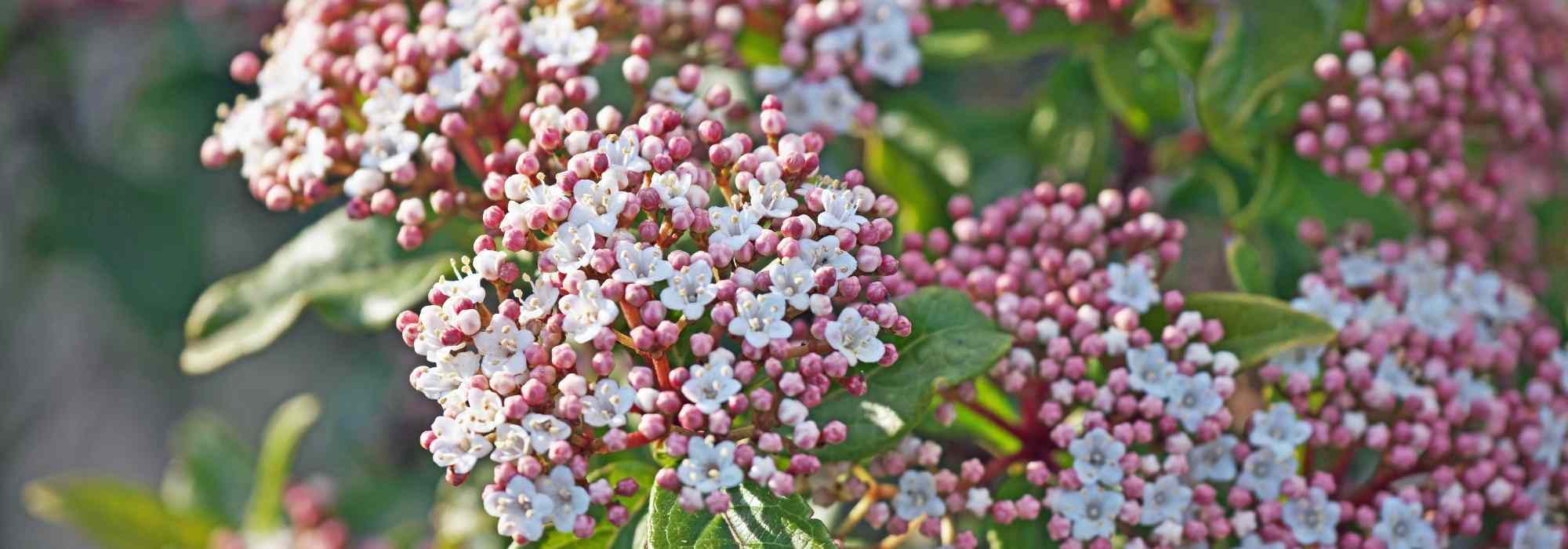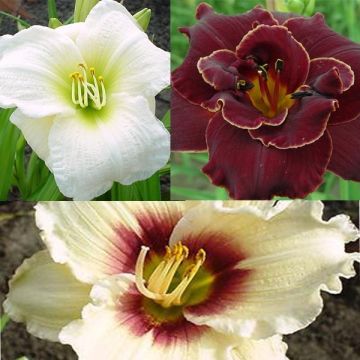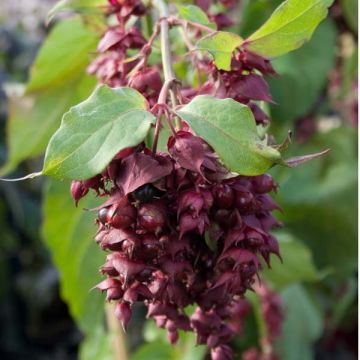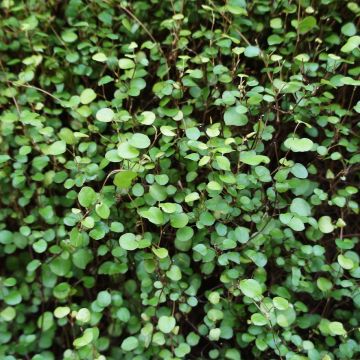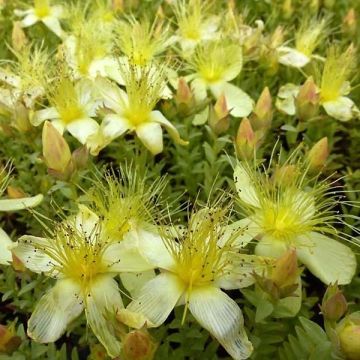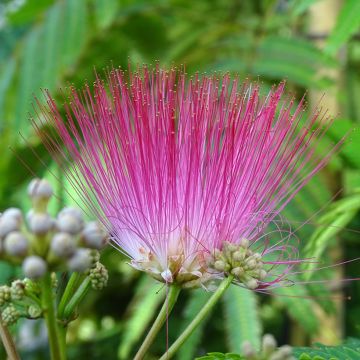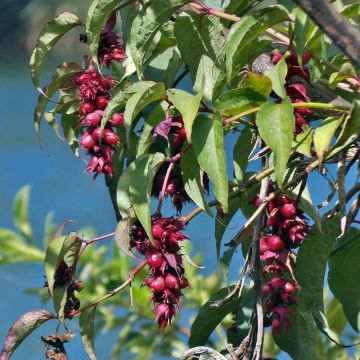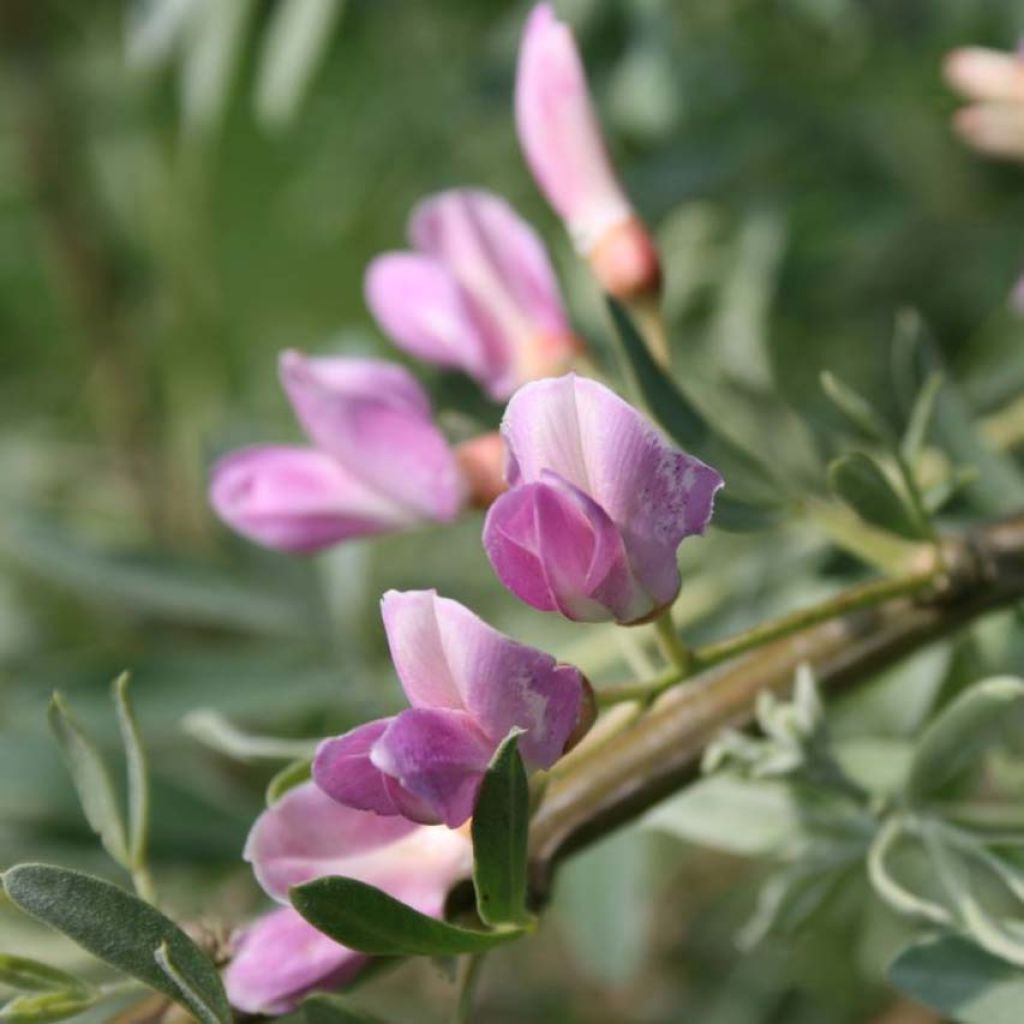

Halimodendron halodendron
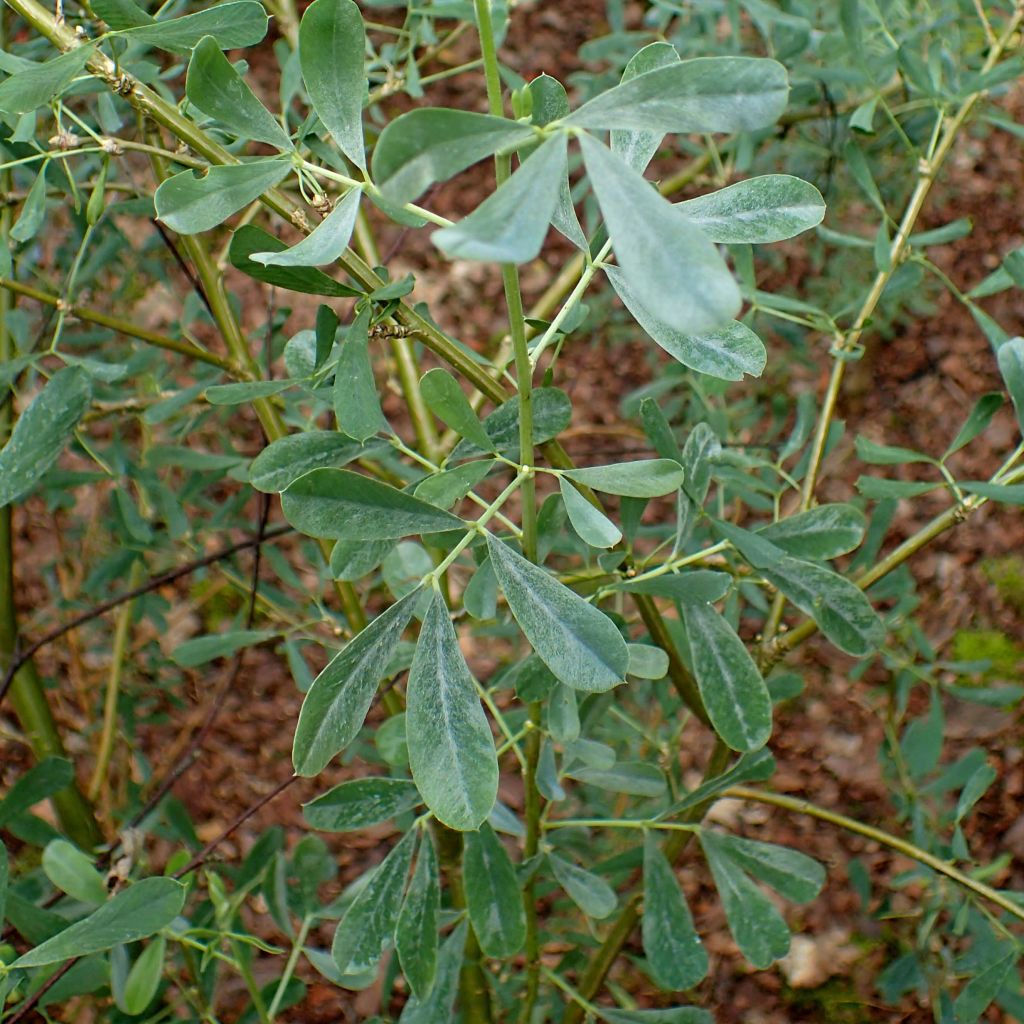

Halimodendron halodendron
Halimodendron halodendron
Halimodendron halodendron
Salt Tree
It didn't survive the winter very well. In June, it's only 10 cm (4in) tall. I'll see next year if it manages to grow.
Jack, 12/06/2020
Special offer!
Receive a €20 voucher for any order over €90 (excluding delivery costs, credit notes, and plastic-free options)!
1- Add your favorite plants to your cart.
2- Once you have reached €90, confirm your order (you can even choose the delivery date!).
3- As soon as your order is shipped, you will receive an email containing your voucher code, valid for 3 months (90 days).
Your voucher is unique and can only be used once, for any order with a minimum value of €20, excluding delivery costs.
Can be combined with other current offers, non-divisible and non-refundable.
Why not try an alternative variety in stock?
View all →This plant carries a 24 months recovery warranty
More information
We guarantee the quality of our plants for a full growing cycle, and will replace at our expense any plant that fails to recover under normal climatic and planting conditions.
Does this plant fit my garden?
Set up your Plantfit profile →
Description
Halimodendron halodendron, also known as Caragana argentea or Salt Tree, is a strangely rare bush in cultivation despite its great adaptability. The salty steppes of Russia and Mongolia, where it originated, attest to its excellent hardiness and high tolerance to salt-rich, poor, and occasionally very dry soils. It is appreciated for its light appearance and the astonishing harmony between clusters of pink pea-like flowers and silver-veiled foliage in summer. It is highly recommended for all coastal gardens, as well as inland areas as long as it can benefit from good sunlight and well-draining soil.
Caragana argentea belongs to the family of fabaceae (legumes). It is native to Russia and southern Asia, particularly Siberia and Turkestan, but it is currently spread in other countries where it has become invasive, such as California. It is a bush that thrives in sandy, poor, and salty soils, capable of accessing water deep down and synthesizing nitrogen at its roots. The growth of this bush is moderately fast depending on the growing conditions. It has an upright, slightly loose habit, with branching near the base supported by thin and flexible branches, whitish when young, equipped with relatively harmless spines towards their tips. It reaches a mature height of 1.50m (4 ft 11 in) to 3m, often at least as wide, as the plant spreads laterally through suckers.
This bush has deciduous foliage, composed of leaves divided into 2 to 4 small spatulate leaflets with spiny petioles, not exceeding 1.5 cm (0.6 in) in length and 0.5 cm (0.2 in) in width. The colour is a slightly glaucous green, more or less silvery. The flowering takes place in June-July. The small pea flowers are mauve-pink and grouped in small clusters of 2 to 5 in the axils of the leaves. They are followed by the formation of pods with 2 swollen sections containing kidney-shaped seeds.
In the garden, the Halimodendron halodendron behaves somewhat like the Spring Tamarisk: it takes some time to establish itself and loves light soils, even sandy or limestone, but its drought resistance depends on the availability of water deep down, even if it is brackish. It will suffer in rocky soil, dry during summer, but will thrive anchored in the sand of coastal gardens. It will find its place in a very sunny shrub bed, for example, along with the Tamarisk tetrandra, Callistemon viminalis, or Chilopsis linearis, which all enjoy the same conditions. It can also be accompanied by the Sunburst Honey Locust, the false pepper tree Schinus molle (in mild climates), the Willow Salix exigua, or other shrubs or small trees with light foliage that subtly exude an exotic allure without overshadowing its distinguished charm.
Report an error about the product description
Halimodendron halodendron in pictures
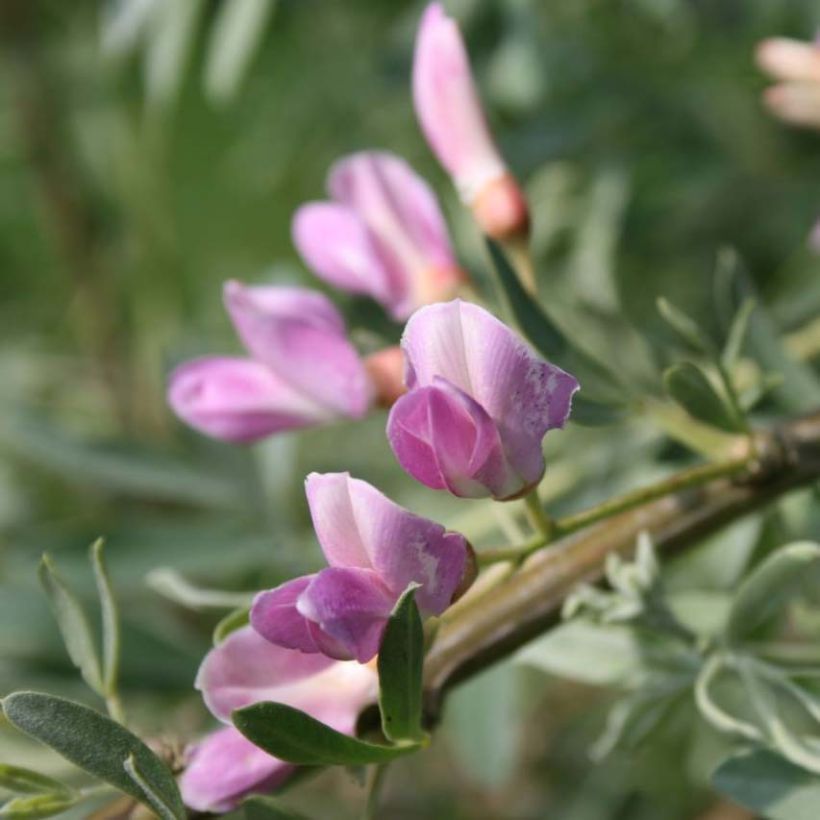

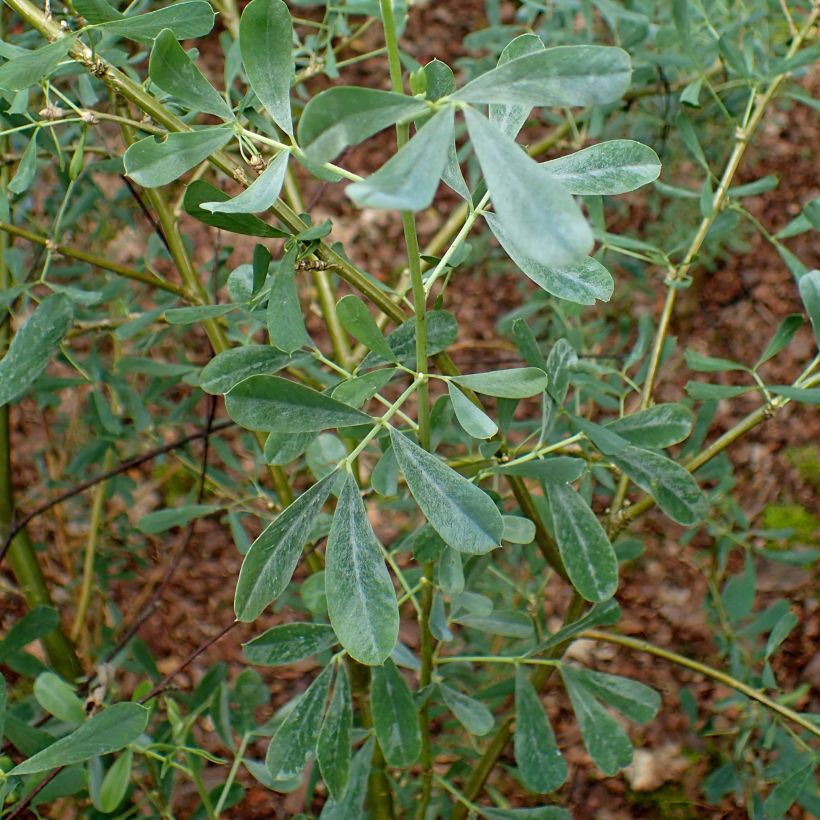

Plant habit
Flowering
Foliage
Botanical data
Halimodendron
halodendron
Fabaceae
Salt Tree
Russia
Other Shrubs A to Z
View all →Planting and care
Plant the Silver Tree in light, well-drained soil; preferably limestone, sandy, not too dry at depth, even salt-laden. It is very adaptable and thrives in both poor and dry soil as well as moist and well-prepared soil. This large bush will thrive in the sun, even in a scorching exposure. Its hardiness is excellent. The tips of the branches can be pruned every year after flowering to obtain a more compact and branching plant. It is best to avoid moving this small tree, as transplanting this family of plants (legumes) with deep roots is often difficult.
Planting period
Intended location
Care
Planting & care advice
-
, onOrder confirmed
Reply from on Promesse de fleurs
Similar products
Haven't found what you were looking for?
Hardiness is the lowest winter temperature a plant can endure without suffering serious damage or even dying. However, hardiness is affected by location (a sheltered area, such as a patio), protection (winter cover) and soil type (hardiness is improved by well-drained soil).

Photo Sharing Terms & Conditions
In order to encourage gardeners to interact and share their experiences, Promesse de fleurs offers various media enabling content to be uploaded onto its Site - in particular via the ‘Photo sharing’ module.
The User agrees to refrain from:
- Posting any content that is illegal, prejudicial, insulting, racist, inciteful to hatred, revisionist, contrary to public decency, that infringes on privacy or on the privacy rights of third parties, in particular the publicity rights of persons and goods, intellectual property rights, or the right to privacy.
- Submitting content on behalf of a third party;
- Impersonate the identity of a third party and/or publish any personal information about a third party;
In general, the User undertakes to refrain from any unethical behaviour.
All Content (in particular text, comments, files, images, photos, videos, creative works, etc.), which may be subject to property or intellectual property rights, image or other private rights, shall remain the property of the User, subject to the limited rights granted by the terms of the licence granted by Promesse de fleurs as stated below. Users are at liberty to publish or not to publish such Content on the Site, notably via the ‘Photo Sharing’ facility, and accept that this Content shall be made public and freely accessible, notably on the Internet.
Users further acknowledge, undertake to have ,and guarantee that they hold all necessary rights and permissions to publish such material on the Site, in particular with regard to the legislation in force pertaining to any privacy, property, intellectual property, image, or contractual rights, or rights of any other nature. By publishing such Content on the Site, Users acknowledge accepting full liability as publishers of the Content within the meaning of the law, and grant Promesse de fleurs, free of charge, an inclusive, worldwide licence for the said Content for the entire duration of its publication, including all reproduction, representation, up/downloading, displaying, performing, transmission, and storage rights.
Users also grant permission for their name to be linked to the Content and accept that this link may not always be made available.
By engaging in posting material, Users consent to their Content becoming automatically accessible on the Internet, in particular on other sites and/or blogs and/or web pages of the Promesse de fleurs site, including in particular social pages and the Promesse de fleurs catalogue.
Users may secure the removal of entrusted content free of charge by issuing a simple request via our contact form.
The flowering period indicated on our website applies to countries and regions located in USDA zone 8 (France, the United Kingdom, Ireland, the Netherlands, etc.)
It will vary according to where you live:
- In zones 9 to 10 (Italy, Spain, Greece, etc.), flowering will occur about 2 to 4 weeks earlier.
- In zones 6 to 7 (Germany, Poland, Slovenia, and lower mountainous regions), flowering will be delayed by 2 to 3 weeks.
- In zone 5 (Central Europe, Scandinavia), blooming will be delayed by 3 to 5 weeks.
In temperate climates, pruning of spring-flowering shrubs (forsythia, spireas, etc.) should be done just after flowering.
Pruning of summer-flowering shrubs (Indian Lilac, Perovskia, etc.) can be done in winter or spring.
In cold regions as well as with frost-sensitive plants, avoid pruning too early when severe frosts may still occur.
The planting period indicated on our website applies to countries and regions located in USDA zone 8 (France, United Kingdom, Ireland, Netherlands).
It will vary according to where you live:
- In Mediterranean zones (Marseille, Madrid, Milan, etc.), autumn and winter are the best planting periods.
- In continental zones (Strasbourg, Munich, Vienna, etc.), delay planting by 2 to 3 weeks in spring and bring it forward by 2 to 4 weeks in autumn.
- In mountainous regions (the Alps, Pyrenees, Carpathians, etc.), it is best to plant in late spring (May-June) or late summer (August-September).
The harvesting period indicated on our website applies to countries and regions in USDA zone 8 (France, England, Ireland, the Netherlands).
In colder areas (Scandinavia, Poland, Austria...) fruit and vegetable harvests are likely to be delayed by 3-4 weeks.
In warmer areas (Italy, Spain, Greece, etc.), harvesting will probably take place earlier, depending on weather conditions.
The sowing periods indicated on our website apply to countries and regions within USDA Zone 8 (France, UK, Ireland, Netherlands).
In colder areas (Scandinavia, Poland, Austria...), delay any outdoor sowing by 3-4 weeks, or sow under glass.
In warmer climes (Italy, Spain, Greece, etc.), bring outdoor sowing forward by a few weeks.































